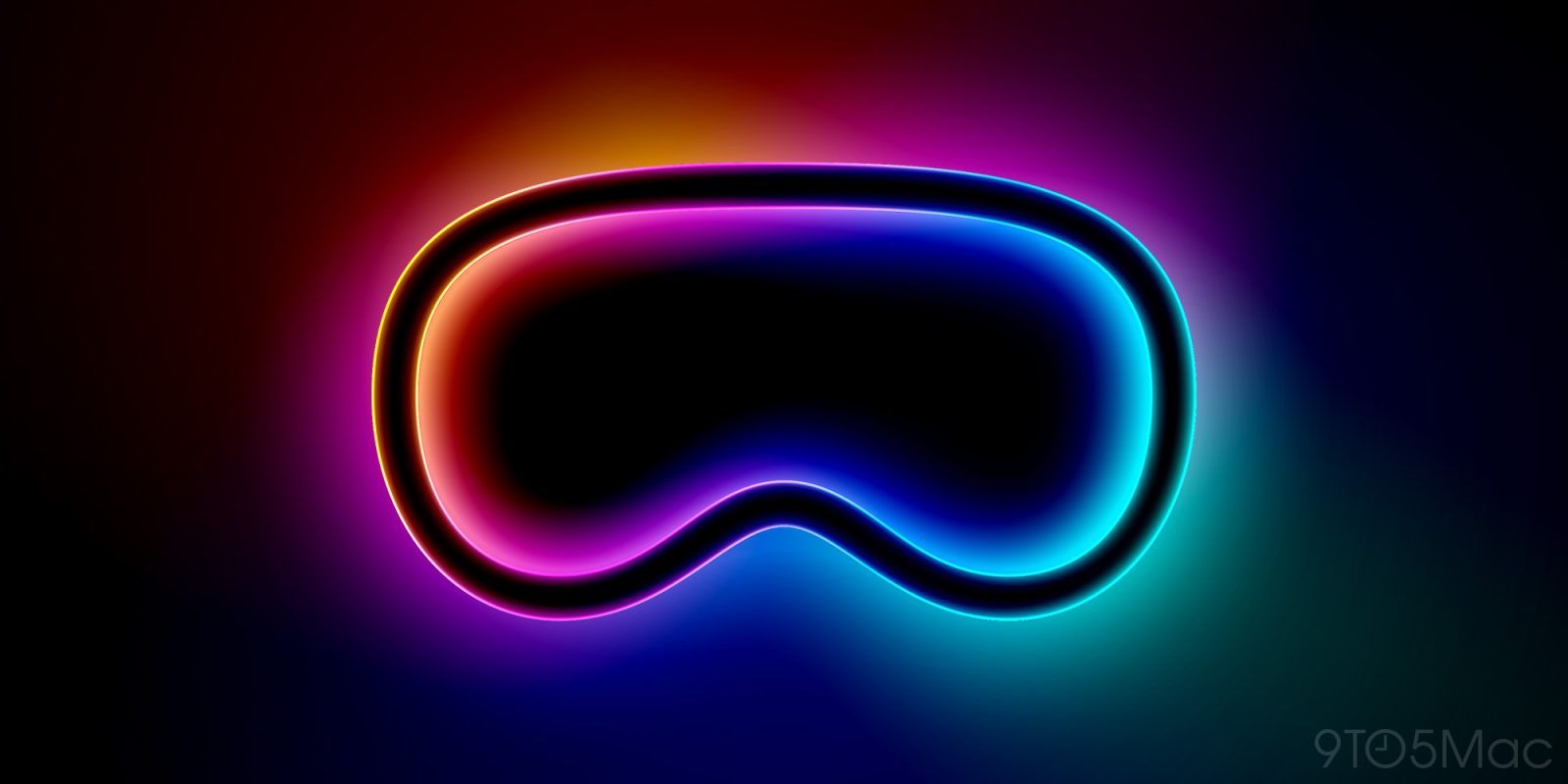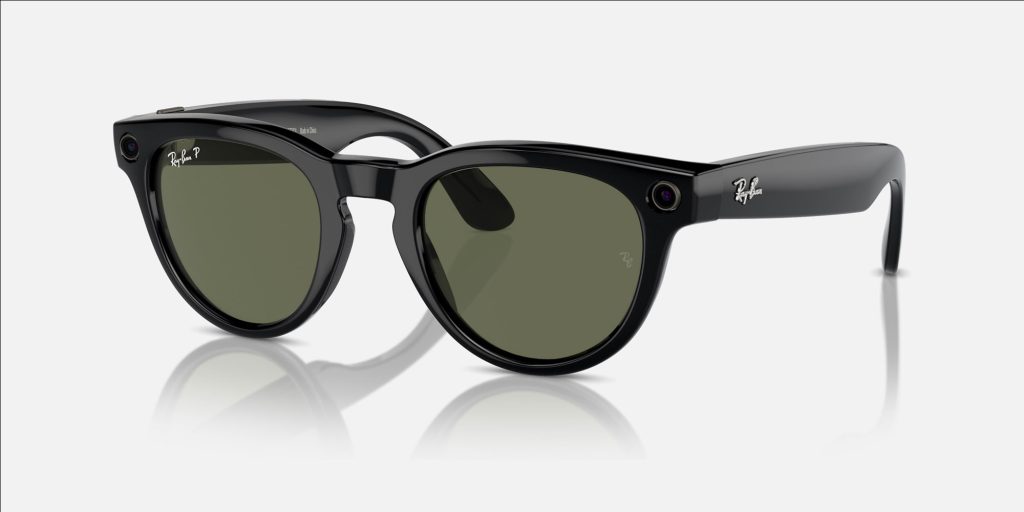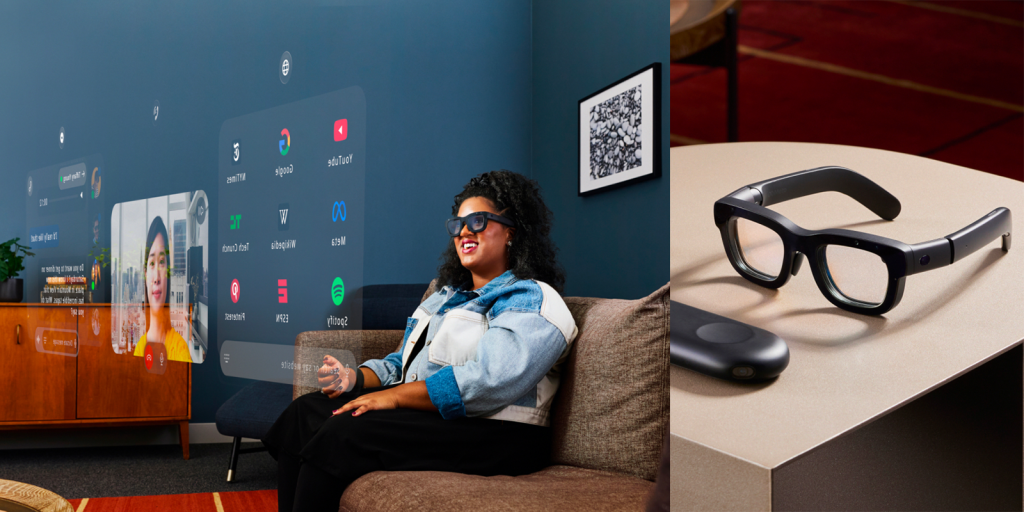
Apple unveiled the first spatial computing product back at WWDC23 last June: Apple Vision Pro. It’s been over a year since that unveil, and just over 6 months since they actually shipped the product. Meta recently unveiled their new Orion AR glasses, and while that’s just a prototype, it does leave us wondering what Apple has in the pipeline for “spatial computing.”
According to Bloomberg’s Mark Gurman, Apple seems to be aware that they need to “rethink its approach to headsets”, although they’re undecided on how they need to do that. The company is looking at a few different options for the future of Apple Vision, according to his reporting.
Creating more headsets
The first route, which is what Apple is likely to do, is to just build more headsets.
First, they’d build a cheaper Apple Vision headset, perhaps called “Vision Air”, with lower quality displays and cheaper materials. This is what we’re expecting to launch next year, if plans don’t change.
They’d also follow up with a second generation of Apple Vision Pro, which is currently rumored to have an M5 chip and Apple Intelligence. They’d probably also include better displays as well, and hopefully focus on being lighter.
Although this is the seemingly obvious approach, it might put Apple a little behind the curve, which is why the company is apparently considering other routes.
An iPhone accessory
According to Gurman, Apple is also considering removing the built in processing and external battery from Apple Vision Pro, and making a version of the headset that relies on your iPhone. This would reduce the weight of the headset, but seems like a weird decision.
Sure, this would cut “several hundred dollars worth of components.” But, is that worth it? I personally don’t think many people would pay $2000 for what’s ultimately an iPhone accessory, even if it meant you’d have an experience very similar to Apple Vision Pro.
I’m also not sure how effective this would be, as the iPhone battery is quite small compared to Apple Vision Pro’s. Even an iPhone 16 Pro Max is only around an 18Wh battery, half the size of Apple Vision Pro’s 35.9Wh battery. And even the Vision Pro’s battery only lasts two hours.
Smart… AirPods?
Apple is apparently considering two options that don’t exactly involve displays. One of the options is a product similar to Meta’s Ray-Ban Smart Glasses. The other is beefed up AirPods.
Meta’s Smart Glasses don’t actually have any displays in the glasses. Instead, the headset has mics, cameras, and speakers. This allows you to ask Meta AI questions, easily capture pictures, and listen to music. Apparently, Apple is considering a product similar to this.

Another option is AirPods with the same level of AI integration, just without a glasses frame. These AirPods would even have external cameras, apparently:
Apple is working on a new version of the AirPods Pro that uses external cameras and artificial intelligence to understand the outside world and provide information to the user.
Beefed up AirPods with cameras seem weird, but the glasses would be rather interesting.
Apple’s dream
Apple, in their ideal world, would just create fully featured AR glasses, similar to what Meta unveiled earlier this week. The computer, displays, battery, and all other necessary components would all be built into a glasses frame, if everything went to plan. The company also hopes for their AR glasses to match the size and weight of regular glasses.
Apple previously paused development of this project in favor of Vision Pro because it was “too big a challenge”, but it might be back on the table now that Meta is around 3 years away from shipping a consumer version of their prototype Orion glasses.

Wrap up
In my opinion, Meta Orion is very cool to see, even if it’s just a prototype. Meta CEO Mark Zuckerberg claims that the company will be able to ship a consumer version of this product in around three years, with thinner frames, brighter displays, and a consumer price tag.
Right now, the bill of materials is over $10,000. I also hope that Apple will make a product like this in the near future. AR glasses have long been a dream Apple product, and Apple shouldn’t let Meta have a multi year lead here.
What do you think of the future of Apple Vision? Do you like what Meta presented with their prototype glasses? Let us know in the comments.
Follow Michael: X/Twitter, Threads, Instagram
FTC: We use income earning auto affiliate links. More.

 1 month ago
20
1 month ago
20








 English (US) ·
English (US) ·